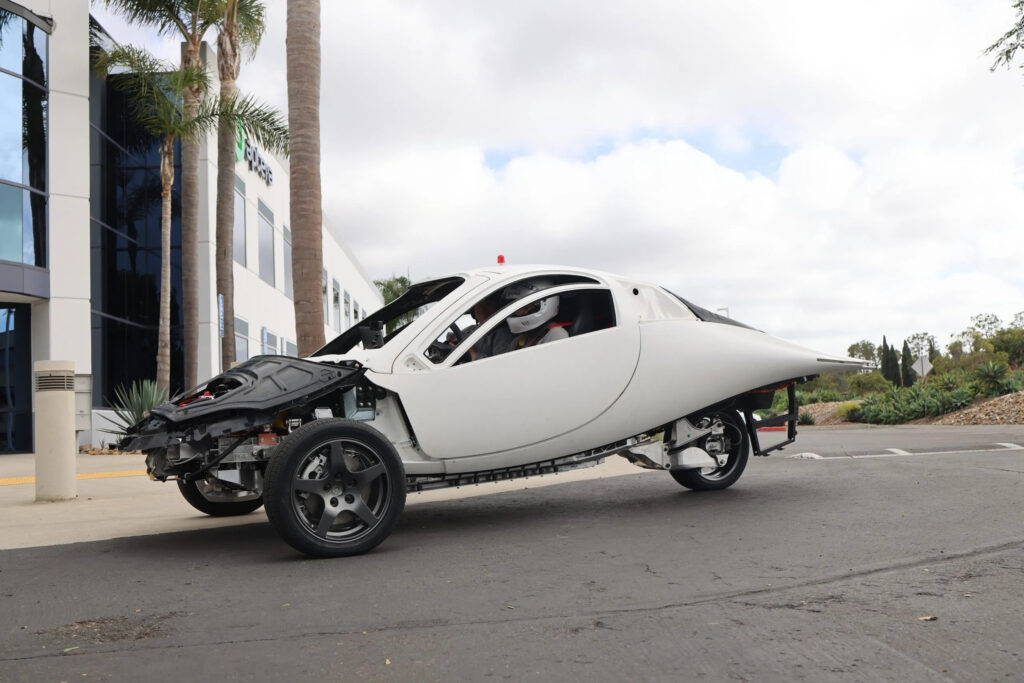
If there’s ever been a test of grit and determination in the EV world, it’s Aptera Motors and its audacious three-wheeled, solar-powered vehicle.
It’s not just another EV—it’s a whole new class of vehicle, one that’s spent years in the workshop and inched its way toward production, inch by hard-won inch. And now, finally, it’s achieved a major milestone: the first low-speed drive of its production-intent prototype.
While the test was no Fast & Furious scene (think more strolling than speeding), it’s a notable leap toward making this vehicle a real player in the EV landscape. Here’s why Aptera’s journey could change the future of sustainable transport—or at least make for one heck of a rollercoaster.
The Production Prototype Rolls Out—Kind of
The latest prototype, lovingly named “PI-2,” recently crawled around Aptera’s headquarters parking lot. Sure, it wasn’t zooming around town or tackling any racetracks, but Aptera is quick to point out that this prototype includes production-grade parts and components that will ultimately be delivered to customers.
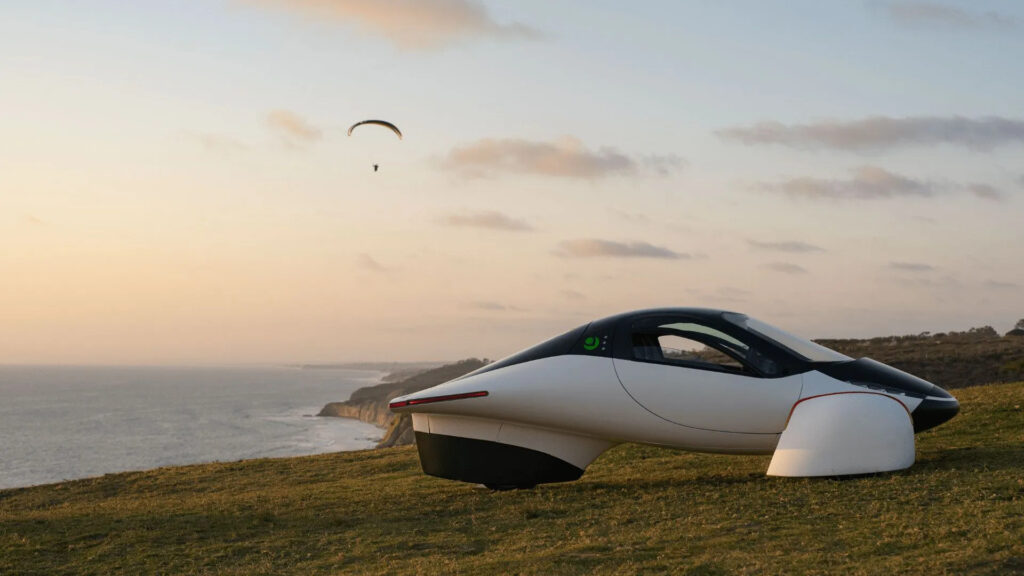
The vehicle uses the new Vitesco Technologies EMR3 drivetrain, an inboard electric motor setup that powers over 20 other EVs in the market. This drivetrain aligns Aptera with proven, scalable tech while promising the type of efficiency that has always been its calling card.
The low-speed test validated the prototype’s drivetrain and battery pack integration—no small feat for a startup striving to bring an entirely new vehicle category to market.
While it might seem minor, this test represents a foundational step as Aptera readies to add solar hardware, aerodynamic finishes, and thermal management systems in preparation for high-speed tests.
Efficiency: Aptera’s Ace in the Hole
Efficiency is Aptera’s core mission. In a world of horsepower and speed, Aptera has bet everything on making each electron count. With its ultra-aerodynamic design and feather-light construction, it’s built to deliver unparalleled range on minimal energy.
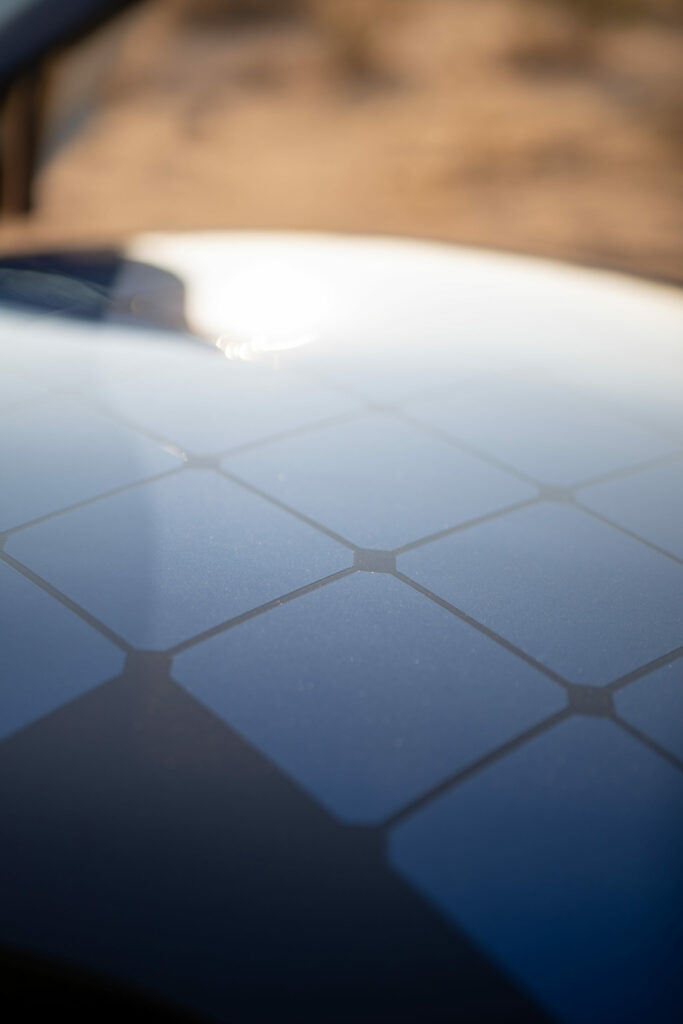
According to Aptera, its Launch Edition model will achieve up to 400 miles per charge with its 42 kWh battery pack, and its solar roof could add an extra 40 miles daily under optimal conditions. That’s right: you could charge it by just parking it outside.
Aptera’s design echoes a fighter jet cockpit or a gliding bird, boasting a drag coefficient of 0.13—a figure that makes the Tesla Model Y look like a brick in comparison.
But that radical look is both a blessing and a curse; while early adopters crave something unique, mainstream buyers might balk at its unconventional three-wheeled stance and lightweight, minimalist interior.
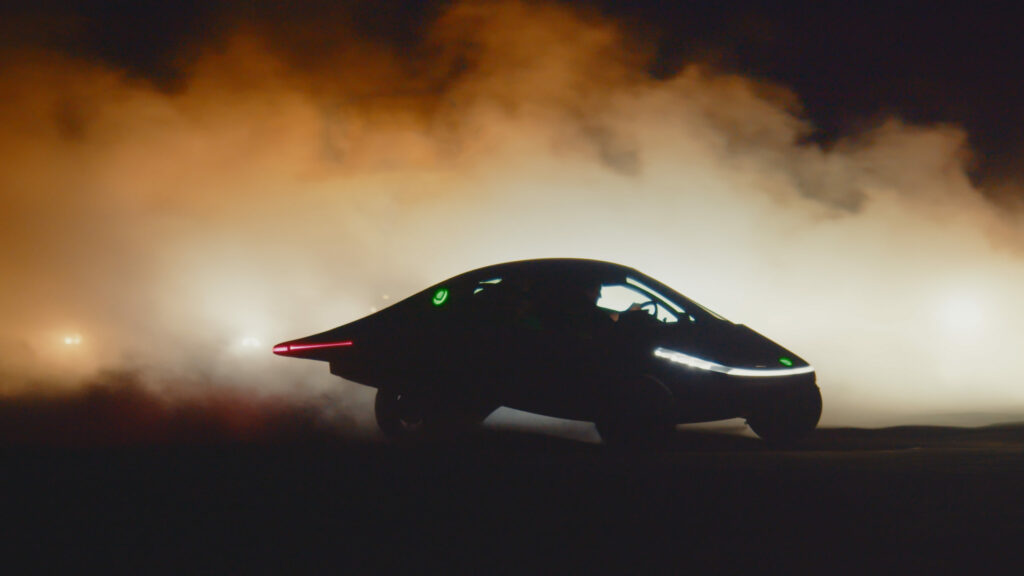
Yet Aptera isn’t chasing mass appeal. It’s not trying to haul lumber or tow trailers. This vehicle has one mission: pure, unadulterated efficiency.
The Market Challenge: Can Aptera Find Its Tribe?
Over 50,000 people have already put down deposits for Aptera’s three-wheeler, suggesting a loyal (and patient) following. But will that be enough to sustain the company as it moves toward production?
Classified as a motorcycle in many states, Aptera benefits from certain regulatory shortcuts, but it also faces a unique set of challenges in positioning itself to mainstream EV consumers. Most Americans are more accustomed to SUVs and trucks, not three-wheeled solar EVs that look ready to take flight.
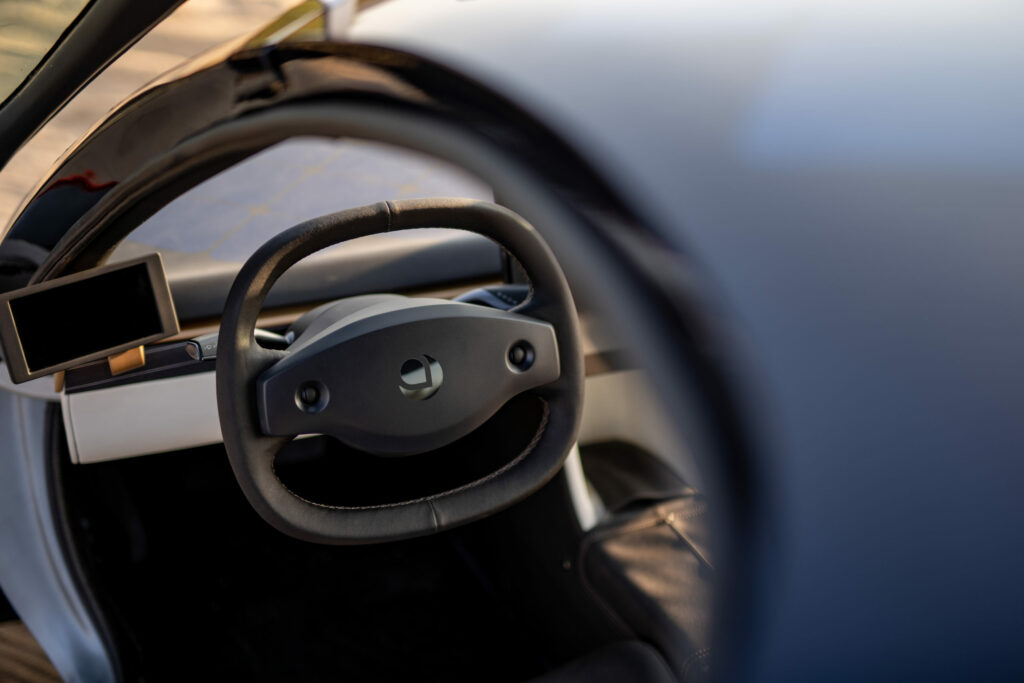
Yet Aptera has a potential ace up its sleeve in California’s upcoming emissions regulations. If approved, these rules will mandate that a significant percentage of motorcycles sold be zero-emissions, opening a potential revenue stream for Aptera through emissions credits—a lifeline similar to what helped Tesla survive in its early days.
Scaling Up: The Road Ahead
Aptera’s journey is far from over. To go from prototype to production, it needs capital, partners, and possibly a fair bit of luck. The company has raised over $100 million through crowdfunding but will need even more to meet its 2025 production goals.
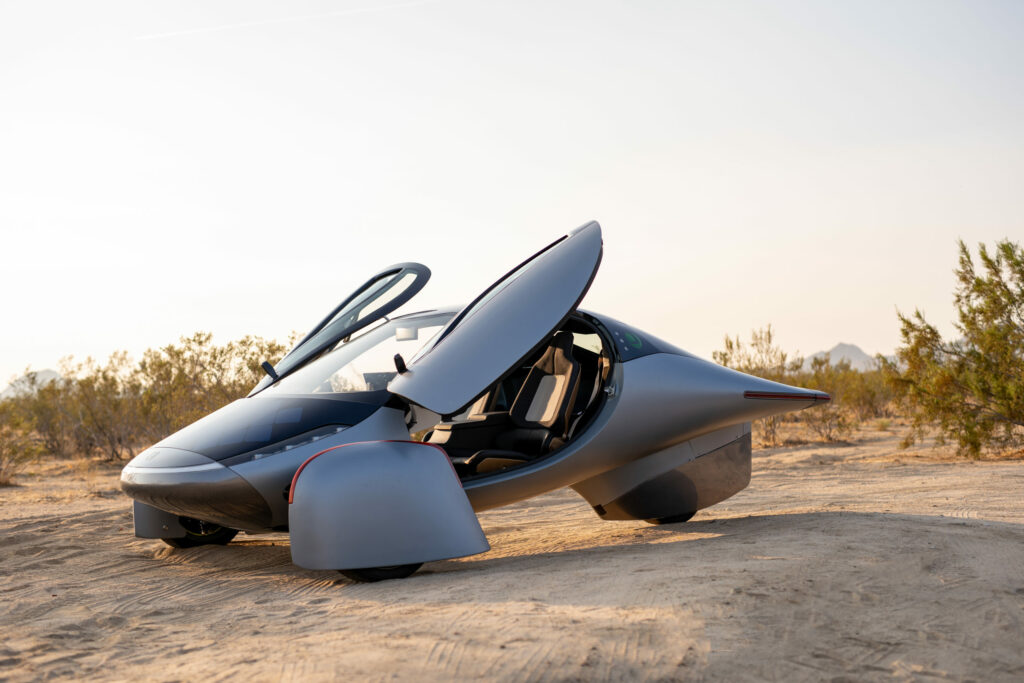
Beyond funding, Aptera will need to refine and scale its production processes, source high-quality materials, and ultimately deliver on the lofty promises that have kept its fanbase engaged for years.
Charge Complete: A New Era or a Last Stand?
Aptera’s three-wheeled EV has weathered years of delays, redesigns, and plenty of skepticism. And yet, it’s closer than ever to hitting the open road as a symbol of extreme efficiency in the EV world.
Whether Aptera becomes the industry’s next cult favorite or a flash in the pan, its mission resonates with a world increasingly focused on energy independence and sustainability.
So, to the doubters and dreamers alike, Aptera’s journey is far from over. And as we watch this sleek three-wheeler inch closer to reality, one thing’s for sure: it’s bound to make waves, even if it’s just in the slow lane for now.



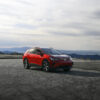

Eugene, Oregon.
Start-up ARCIMOTO builds something similar:
https://en.wikipedia.org/wiki/Arcimoto#:~:text=In%20mid%2DJanuary%202023%2C%20Arcimoto,has%20remained%20deactivated%20and%20inaccessible